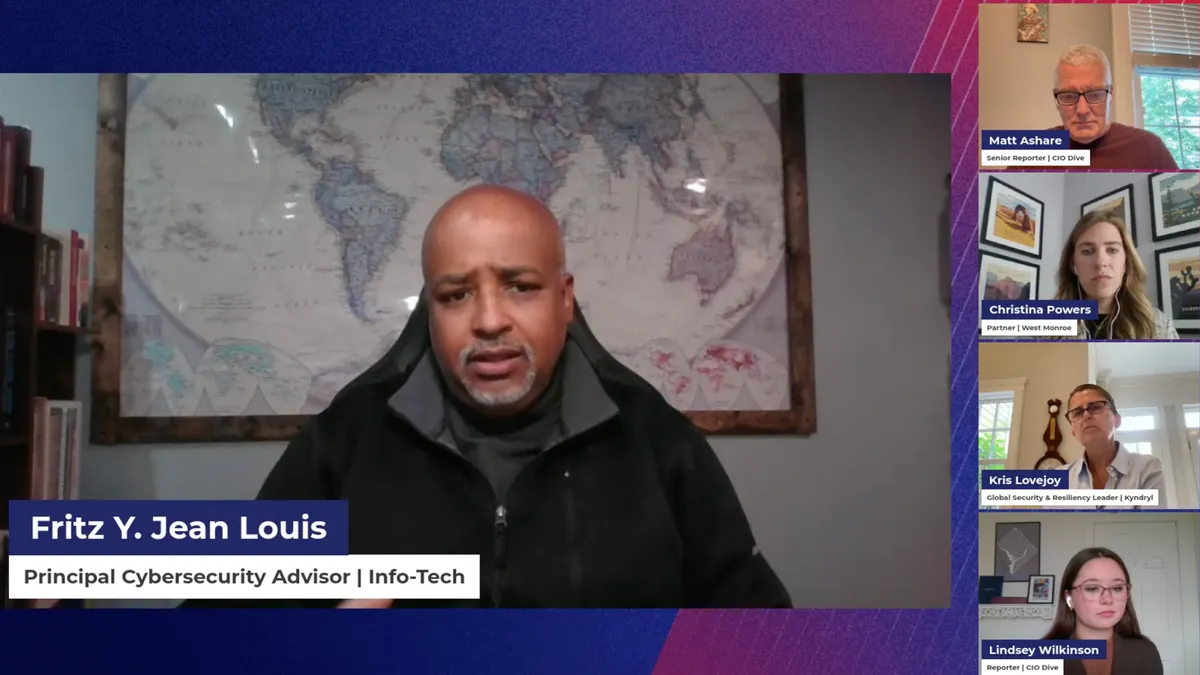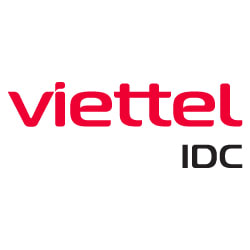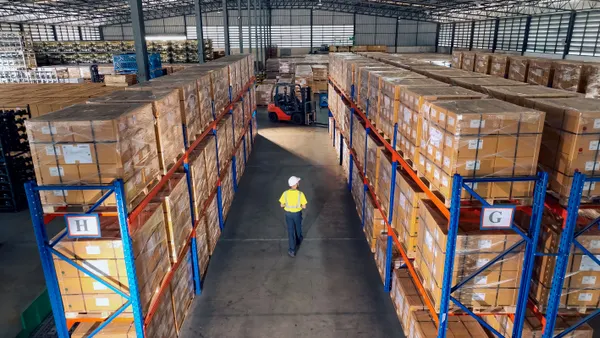Dive Brief:
- The average business is losing $315,000 per platform migration project, as businesses grapple with timeline overruns, employee burnout, security gaps and tool sprawl, according to the 2025 DevOps Migration Index published Monday by DevOps vendor CloudBees. TrendCandy, an independent research agency, conducted the survey of more than 300 enterprise IT and technology leaders.
- IT leaders are frequently tasked with deploying AI across different environments, along with controlling spend and consolidating vendors. Yet massive platform migrations eat away at budgets and often see return on investment fall short, the study found.
- “Enterprises are under immense pressure to modernize, but too often, modernization becomes synonymous with disruption,” CloudBees President and CEO Anuj Kapur said in a press release.
Dive Insight:
The enterprise drive to modernize is often propelled by increasing tech debt and the draw of new AI technologies. However, upgrades come with their own challenges.
Technical complexity, long project timelines and high costs are only some of the issues IT leaders run into when attempting to migrate from one platform to another. Companies like Citigroup and USAA, along with government entities like the City of Boston, have previously detailed the daunting challenges of attempting migration projects.
Each migration cycle can result in new costs and risks for enterprises, the CloudBees study found. Of the IT leaders surveyed, 57% spent more than $1 million on platform migrations in the last year, ultimately facing an average project cost overrun of 18%.
Despite efforts, IT leaders say ROI is falling short, with 94% reporting slower or similar system performance, and 60% indicating missed revenue opportunities due to delayed project launches.
Enterprises face employee costs as well from migration projects, with 61% of IT leaders reporting migration fatigue causing project delays of six months or more. The survey revealed that 70% of enterprises experienced developer burnout during platform migrations.
“Hard costs are overruns in terms of time and money,” Kapur told CIO Dive. “The soft costs are impacts to the morale and motivation of developers.”
Consolidation can also backfire, with 74% of IT leaders reporting increased tool sprawl post-consolidation.
Security and governance breakdown can be an additional stress for IT teams during migration, with 70% reporting that business leaders push AI tools into pipelines without appropriate security review.
There is never one product that replaces everything, Kapur said, which is why he recommended that enterprises implement an integration-first modernization approach. Instead of fully replacing systems, enterprises can integrate and layer new functionality across existing platforms.
Moving towards a single vendor “is going to rob you of the innovation potential that the market is actually able to deliver,” Kapur said.
“You can transform and modernize without necessarily migrating,” Kapur added.
Tech companies like SAP, Microsoft and AWS are also recognizing enterprises’ migration challenges and releasing new tools and products to assist with projects. AWS Transform, for example, uses AI agents to automate legacy IT modernization.















